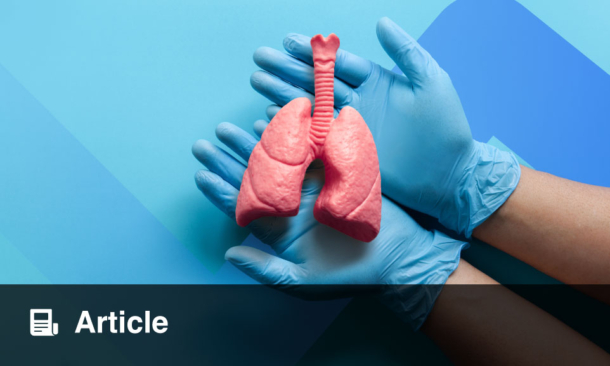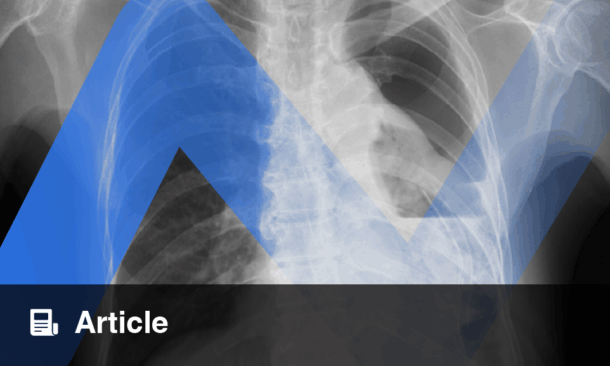AT the 2025 AACR Annual Meeting, researchers unveiled an AI-driven model that significantly improves the early detection of cancer cachexia by analyzing routinely collected diagnostic imaging and clinical data. This innovative approach may lead to earlier interventions that improve outcomes and quality of life for patient with cancer.
Cancer cachexia, marked by systemic inflammation, muscle wasting, and severe weight loss, affects many patients with advanced cancer and is often detected too late for meaningful clinical intervention. Current methods rely heavily on subjective evaluations, indirect biomarkers, and noticeable weight loss, all of which may delay diagnosis.
Sabeen Ahmed, a graduate student at the University of South Florida and Moffitt Cancer Center, presented findings showing that an AI-powered multilayer perceptron model could detect cachexia more sensitively and accurately than conventional approaches. The model generates a probability score of cachexia presence or future onset by integrating CT scan-derived skeletal muscle measurements with demographic, clinical, and lab data.
When tested on patients with pancreatic cancer, the model correctly identified cachexia in 77 percent of cases using just imaging and baseline clinical information. This accuracy rose to 81 percent with lab data included and reached 85 percent after incorporating structured clinical notes. The model also improved survival prediction accuracy by 6.7 percent for pancreatic cancer, 3 percent for colorectal, and 1.5 percent for ovarian cancer, compared to standard clinical assessments.
The AI model works in two stages: it first quantifies skeletal muscle from CT images and estimates confidence levels to guide human review if needed. It then integrates clinical parameters like height, weight, cancer stage, lab values, and electronic medical record notes to deliver an AI-derived biomarker for cachexia detection.
Validation of the model showed that its skeletal muscle measurements deviated by a median of just 2.48 percent from those of expert radiologists, underscoring its reliability. Ahmed noted that this tool could enable scalable, objective cachexia screening at diagnosis and help personalize care pathways.
Limitations include its focus on a limited set of cancer types and exclusive reliance on CT imaging, leaving questions about its generalizability and robustness in more diverse clinical settings.
Reference:
American Association for Cancer Research (AACR). AI-driven Biomarker Model May Improve Detection of Cancer Cachexia. 2025. Available at: https://aacr.ent.box.com/s/wqrhpq5fabp666rzjk08dksmqcz667gl. Last accessed: 13 May 2025.








